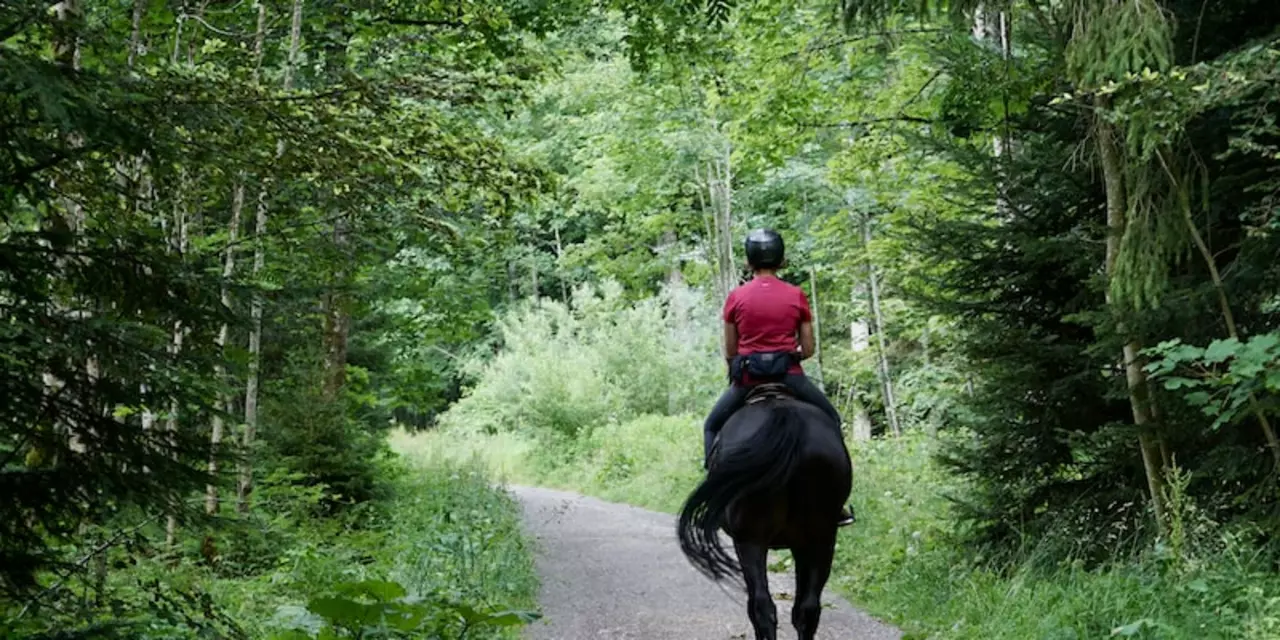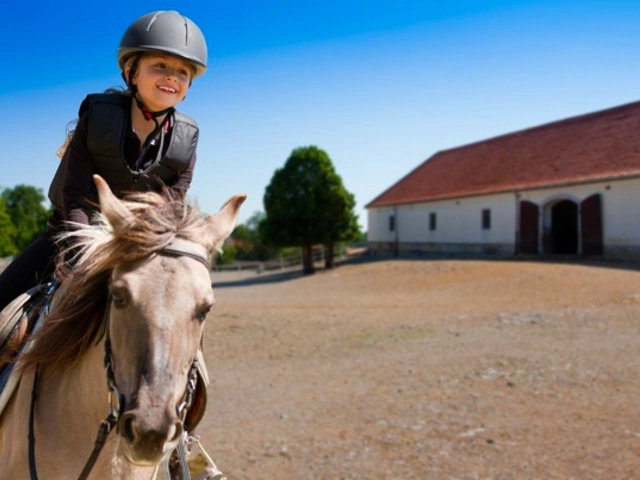Late Teens & Horse Riding: What You Need to Know
If you’re between 16 and 19 and thinking about jumping on a horse, you’re in a sweet spot. Your body is still flexible, you’re old enough to handle responsibility, and you can sign up for serious lessons without parental paperwork holding you back. The key is to start smart, stay safe, and enjoy the ride.
Why Late Teens Are Perfect for Riding
At this age you have the strength to manage a horse’s movements, but you’re still adaptable enough to learn new techniques quickly. Studies from equestrian schools show learners aged 16‑19 progress faster than older beginners because they can absorb balance drills and muscle memory without the stiffness that comes later in life. Plus, riding boosts confidence – you’ll notice it the first time you control a mount on a gallop.
Getting Started: Gear, Lessons, and Safety
First thing’s first: gear. A well‑fitted helmet is non‑negotiable – it protects you and makes you look professional. Boots with a slight heel keep your foot in the stirrup and prevent it from slipping through. If you’re on a budget, look for second‑hand gear from local clubs; most riders are happy to pass down items that are still in good shape.
Next, find a qualified instructor. A certified trainer will tailor lessons to your skill level, teach you how to sit correctly, and explain why you should always mount and dismount on the horse’s left side. Many stables offer trial lessons, so you can test the vibe before committing to a package.
Safety goes beyond gear. Warm up with light stretches for your back, hips, and shoulders – they’re the muscles that keep you balanced in the saddle. Learn to read a horse’s body language; a twitching tail or pinned ears can signal unease, and you’ll want to back off before a situation escalates.
Don’t forget the mental side. Riding can feel intimidating the first few times, but treat each session as a learning moment. If you fall, don’t panic – get up, check the horse, and try again. Most riders remember the first time they rode a horse; it’s always a mix of nerves and excitement, and that energy fuels progress.
Planning your schedule matters too. Aim for at least two lessons a week. Consistency helps your muscles remember the correct posture and builds a bond with the horse. If you can’t make a lesson, practice at home by doing balance exercises on a balance board or even simple yoga poses that improve core stability.
Finally, think long‑term. As a late teen, you have the chance to join youth competitions, volunteer at events, or even help with stable chores. Those extra hours around horses deepen your understanding of care, grooming, and tack maintenance – skills that make you a better rider and a more valuable team member.
Bottom line: riding in your late teens is both fun and rewarding if you gear up right, follow a solid lesson plan, and stay aware of safety. So grab that helmet, book a lesson, and feel the freedom of the open trail. Your horse is waiting.




